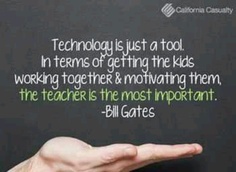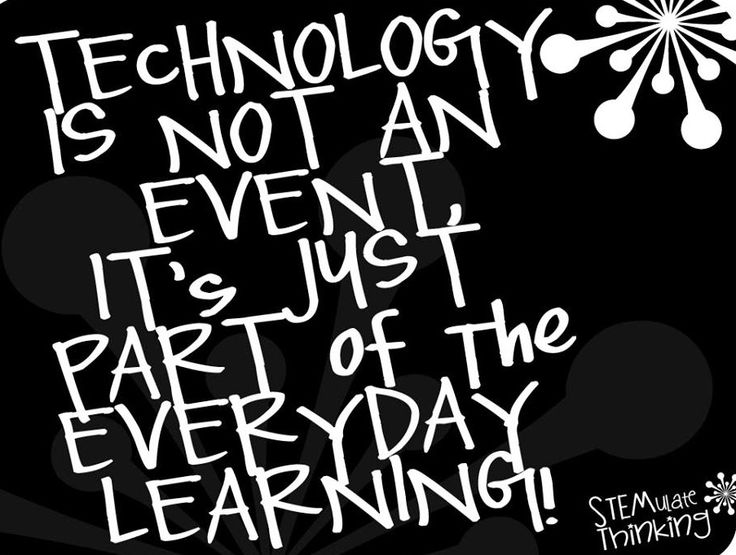Task: Complete a final e-portfolio synthesis reflection including a precis of your flight path, substantive, comprehensive, and detailed reflections about your eLearning toolkit experiences, overall ETEC565A experience, and next steps for practice in educational technology.
Looking Back:
At the outset of this course, I created a “Flight Path” which detailed my learning objectives for the MET program and specifically for this course. Throughout the program, I sought “to increase my breadth of knowledge in regards to available Educational Technologies as well as develop a more sound understanding of how to utilize technology effectively to support instruction.” Specifically within ETEC565A, I aspired to: “solidify my understanding of how to purposefully select technologies”, “gain more experience with available technologies to generate a comprehensive digital toolkit”, to investigate the adaption of LMS systems for elementary aged students, and “experiment with the design of a variety of formative and summative assessment tools in technology enriched environments” (Sarbit, 2014). It was my hope that with accomplishing these goals, I would be better equipped to create an active, engaging, innovative, effective and collaborative classroom learning environment blending face to face and online learning.
Students in our classrooms today have been described as “digital natives,” who “think and process information fundamentally differently from their predecessors, as a result of being surrounded by new technologies.” (Prensky, 2001) For instance, their communication is not limited to traditional reading and writing, but instead requires an understanding of different media including “email, social network sites, chat rooms, video conferencing and shared workspaces” (Collins et al., 2009). “Every day that we do not focus on increasing this digital literacy of our students is a disservice and missed opportunity” (Kiker, 2011). Therefore, in order to engage these students and prepare them for the 21st century world, we as educators must effectively make use of these available technologies in our classrooms.
When I entered the MET program, one of my primary learning objectives was to embrace the possibilities of new technologies and find ways to integrate them into my teaching in order to pique student enthusiasm, create authentic and engaging learning scenarios, and increase student’s opportunities to interact. ETEC 565A has assisted me in reaching this goal as it has allowed me to add to my personal digital toolkit.
Throughout this course, I have been introduced to and become familiar with numerous Educational Technology tools. Below, I have detailed the four major areas of my digital toolkit expansion as a result of this course:
- Blogs: In the context of this course, blogs can be described as an online journals incorporating straight text, hyperlinks, images, video and other forms of digital media (Duffy et al., 2006). Throughout the past thirteen weeks, I have maintained a personal blog for the purposes of collecting course assignments and personal reflections. This experience has allowed me to realize the potential educational uses (for reflection, collaboration, and organization of student work) and benefits (creative, critical and analytical thinking skill development and increased communication opportunities) of blogging.
- RSS Feeds: This course introduced me to RSS (or Real Simple Syndication) feeds which allow individuals to subscribe to a variety of websites and be notified of updates and changes to content in one convenient location (Duffy et al., 2006). As a member of the ETEC565A community of practice, I was able to subscribe to all members’ blogs and receive notification relating to any new content added by my peers, without having to individually visit their sites. This clearly demonstrated to me the effectiveness of the pedagogical theory of social construction of knowledge.
- LMS Course Creation: A key constituent of my learning this term was the creation of a Moodle online course. This was my first encounter with any type of course management system and therefore I experienced a very steep learning curve. To view my reflections surrounding my personal learning with this tool as well as proposed benefits to elementary aged students, click the “Intro Module” and “Course Site” tabs.
- Digital Storytelling: A large component of my digital toolkit expansion has been in the area of digital storytelling which has “become a powerful instructional tool for both students and educators” to improve “students’ understanding, motivation and recall” (Robin, 2006). During this term, I spent a great deal of time exploring Alan Levine’s (2007) 50+ Web 2.0 Ways to Tell a Story. Although I chose to use “One True Media” formally for my course assignment, I also became familiar with Tikatok, OurStory, Voice Thread, Toondoo, Pixton, Animoto, Prezi, and VideoScribe. Investigating these tools has left me eager to integrate digital storytelling into my classroom literacy teaching.
Reflecting on Learning:
As I prepare to exit ETEC565A, it is with a great sense of accomplishment that I can proudly say I have reached all three of my course specific goals this term. I now have a good understanding, soundly based on available research, as to how to purposefully select and effectively integrate technology. Furthermore, I have had hands on practice with a variety of available technologies throughout the course, have noted the potential for LMS application in elementary settings, developed a Moodle course for grade 5 students, and established a variety of formative and summative assessment tools for use in online environments.
 In addition to these academic achievements, I have also grown personally as a result of my participation in this course. Throughout the term, I have noticed an increased confidence in my own abilities, an increased willingness to share my thoughts and opinions and debate others, as well as an improved capacity to manage my time effectively.
In addition to these academic achievements, I have also grown personally as a result of my participation in this course. Throughout the term, I have noticed an increased confidence in my own abilities, an increased willingness to share my thoughts and opinions and debate others, as well as an improved capacity to manage my time effectively.
In my opinion, the academic and personal growth that I have experienced through my participation in ETEC565A has put the finishing touches on my MET program experience. I now feel comfortable as my graduation date approaches, that I have the ability to apply my new understandings to my future teaching practice in addition to having the self-confidence necessary to communicate my learning to other members of my teaching community.
Lifelong Learning – Moving Forward:
As this course and my MET journey come to a close, I will pause for a moment to celebrate my accomplishments but realize that the process of learning is “a journey, not a destination” (Tyler, 1993). Participating in the MET program and specifically the hands on experience I gained in ETEC565A has reinvigorated my passion for lifelong learning in the area of Educational Technology. Moving forward, I plan on revising my approach to the integration of technology in my classroom. I have noted the following particular areas on which I will focus:
- Classroom Website: I plan on changing the platform on which my classroom website is hosted. Currently it is housed within the SD23 FirstClass platform however I would like to convert it to Weebly as I will be better able to customize its design and affordances. Additionally, I would like to revisit and assess its effectiveness as well as integrate more opportunities for student communication and interaction.

- Professional Development: Upon graduation I will be developing a PGP (personal growth plan) to guide my professional development over the next two years. I plan on focusing on the creation of a blended learning environment in the elementary school classroom. Specifically I would like to develop math and science unit plans that integrate web2.0 devices.
- Leadership: Over the course of the next few years, I plan on looking for opportunities within my school and/or district to take on more of a leadership role in the area of Educational Technology.
Overall, I feel that as a result of this course, I have gained valuable individual and theoretical insights that will greatly impact my future professional practice and continued scholastic studies.
References:
Collins, A. & Halverson, R. (2009). Rethinking Education in the Age of Technology: The Digital Revolution and Schooling in America. Teachers College Press. New York, NY.
Duffy, P. & Bruns, A. (2006). The Use of Blogs, Wikis and RSS in Education: A Conversation of Possibilities. In Proceedings Online Learning and Teaching Conference 2006. pp. 31-38. Brisbane. Accessed Online: http://eprints.qut.edu.au/5398/1/5398.pdf
Kiker, R. (2011). Tech Into Class With Rich Kiker. Edtech Digest. Available Online: http://edtechdigest.wordpress.com/2011/02/24/interview-tech-into-class-with-rich-kiker/
Levine, Alan. (2007). “50 Web 2.0 Ways to Tell a Story.” Retrieved January 2014. http://cogdogroo.wikispaces.com/StoryTools
Prensky, M. (2001). “Digital Natives, Digital Immigrants (Part 1)”. On the Horizon. 9(5) pp. 1-6.
Robin, B. (2006). The Educational Uses of Digital Storytelling. In C. Crawford et al. (Eds.), Proceedings of Society for Information Technology & Teacher Education International Conference 2006 (pp. 709-716). Chesapeake, VA: AACE.
Tyler, S. (1993). Amazing (Recorded by Aerosmith). On Get a Grip (CD). Geffen Records Inc.
